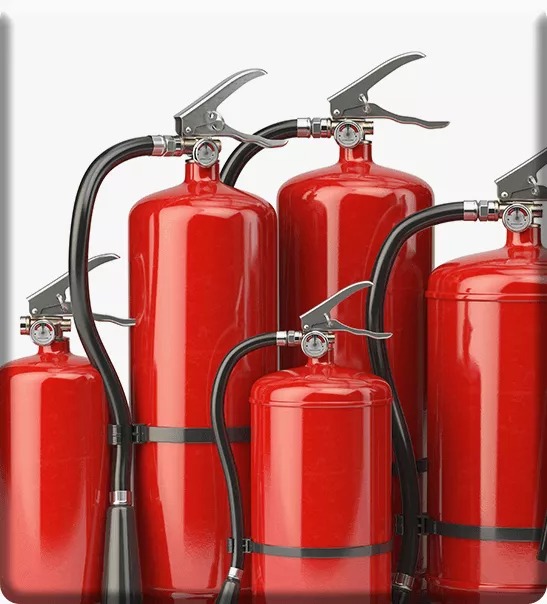When it comes to buying firefighting equipment from firefighting equipment suppliers in Sharjah, you can choose from various types. You can choose between water spray and deluge systems, variable stream nozzles, and backflow preventers. Firefighting equipment can help you put out fires at different stages of development. Listed below are the different types of fire-fighting equipment. Read on for more information. We also talk about different types of water spray systems and their components.
Water spray systems:
Firefighting equipment with water spray systems can control fire by providing cooling and exposure protection. A fire extinguisher may not be an option or desirable in all circumstances. This equipment is most effective for fire suppression in areas where flammable liquids are stored. In addition, these firefighting equipment are useful in tank containments where flammable chemicals or liquids are stored. A fire spray system has three basic components: a water reservoir, a deluge valve, and a heat-sensing element.
Deluge systems:
Often used in large industrial applications, Deluge systems dump copious amounts of water in seconds to extinguish a large-scale fire. They can also incorporate low-expansion foam for larger hazards. The type of water deluge system you choose will depend on the size of your fire protection piping and the hazard classification you have in mind. The system you choose must be installed correctly, tested, and certified before using it on your property.
Variable stream nozzles:
Firefighters can choose from several different types of nozzles. These are categorized into two main types: manual and automatic. Manual nozzles are cylindrical and do not have internal parts, and they deliver the highest reach/GPM combination. They also utilize the lowest engine pump pressures. This nozzle type is also the least expensive option but has some disadvantages. It is easy to operate, produces little reaction force, and is ineffective against debris.
Backflow preventers:
If you’re looking to protect your building against the spread of infectious diseases, you should consider installing a backflow preventer. These devices are available for fire department connections and should be inspected annually to ensure functioning properly. In addition, the device should be inspected for leaks in gaskets, seals, and other components. The National Fire Protection Association requires annual testing of backflow preventers to ensure the safety of water supplies.
